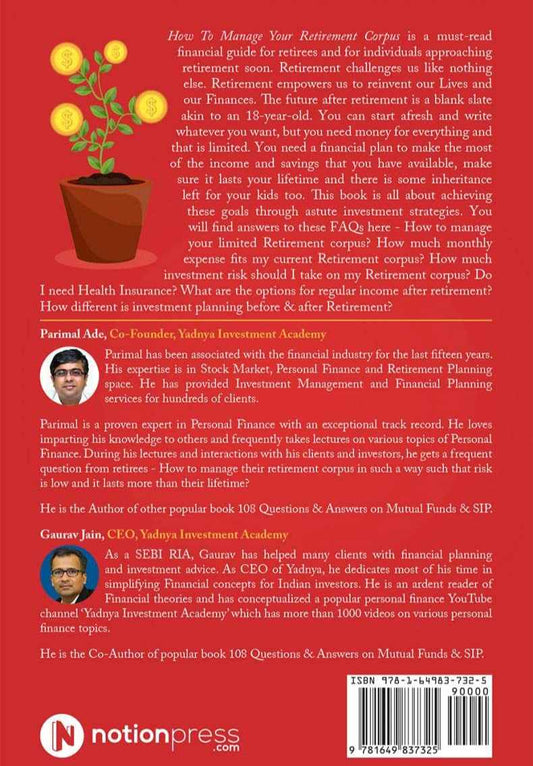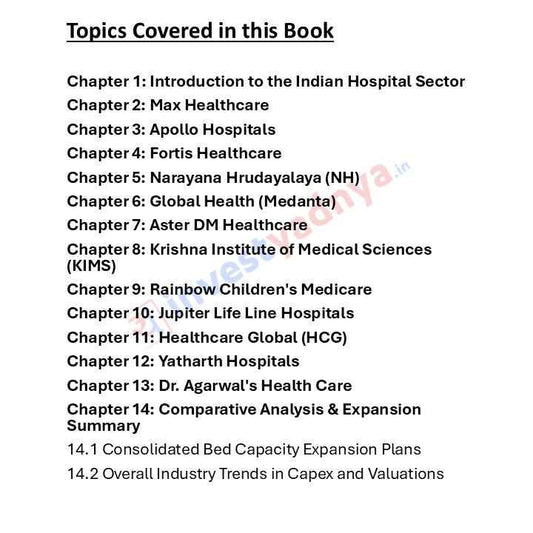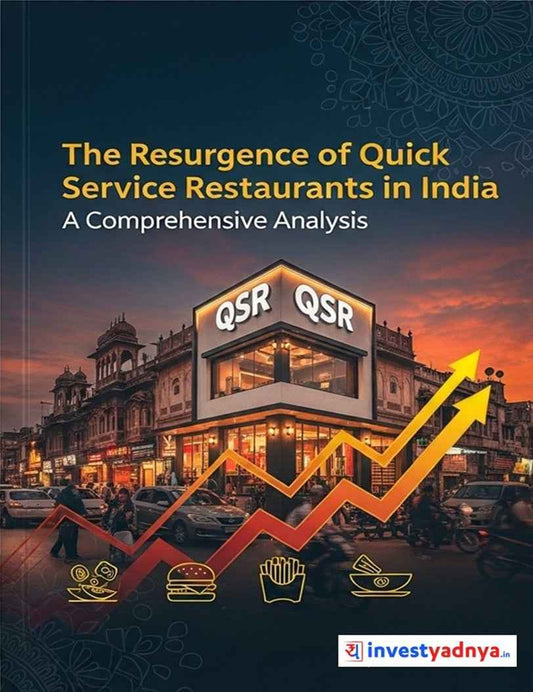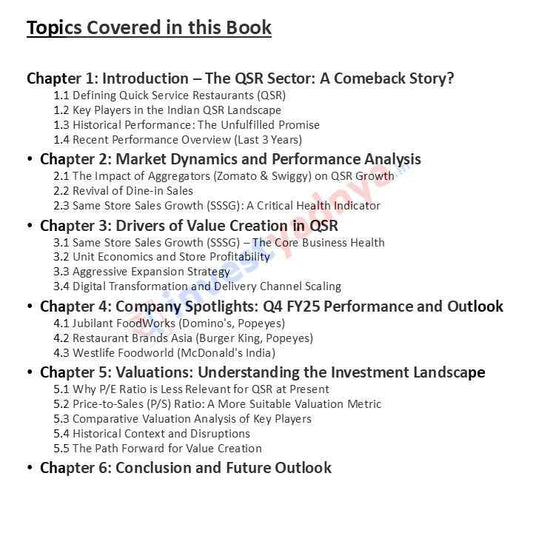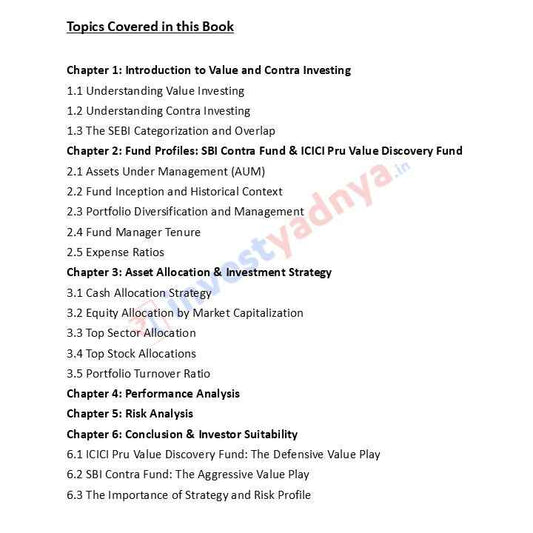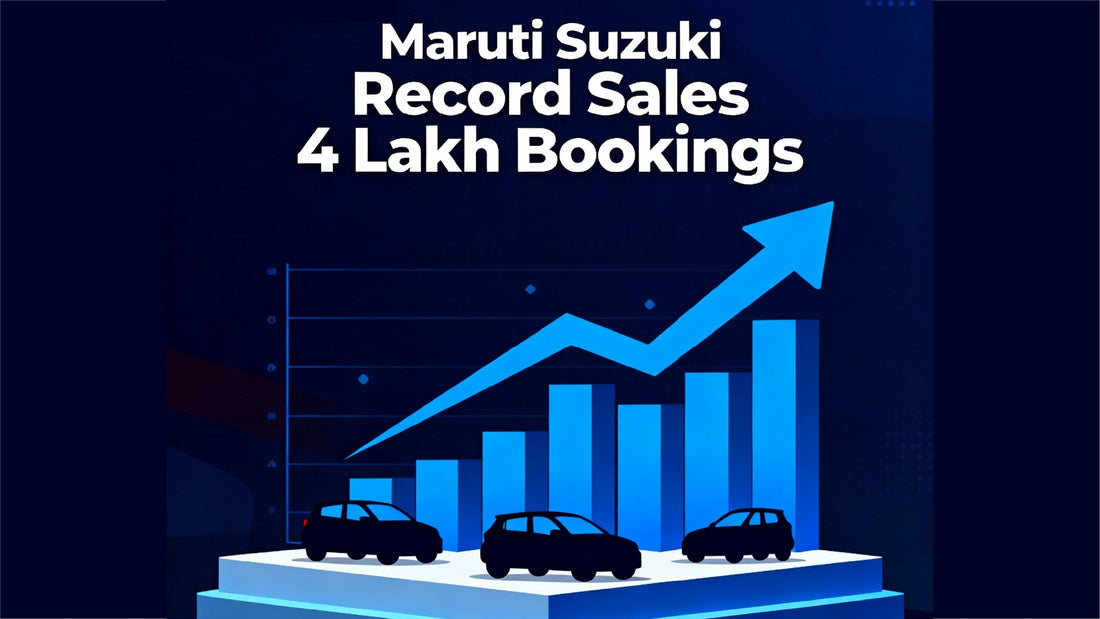
Maruti's Record-Breaking Festive Run: 4 Lakh Bookings, 2.5 Lakh Deliveries — But Can It Last?
The Numbers Behind the Surge
Maruti Suzuki's festive season performance has shattered its own historical records across multiple metrics. The automaker delivered 1.65 lakh vehicles during the first eight days of Navratri alone, nearly doubling last year's comparable period of approximately 1 lakh units. By the end of the festive period, retail deliveries reached 2 lakh units by Dussehra, with the company maintaining a booking backlog of 2.5 lakh pending orders.
The most striking aspect of this growth has been the dramatic revival of small cars. Models like the Alto K10, S-Presso, Celerio, and WagonR collectively garnered 80,000 bookings during the four-week festive period—a 70% jump compared to the pre-GST reduction period. This represents a significant shift in consumer behavior, particularly given that the entry-level segment had been in steady decline for years, with sales below Rs 5 lakh plummeting from around 1 million units in FY16 to just 25,402 units in FY25.

The GST Game-Changer
The catalyst for this surge was the government's GST 2.0 reform implemented on September 22, 2025. Under the revised structure, small petrol, LPG, and CNG cars (up to 1200cc engine capacity and under 4 meters in length) now attract 18% GST instead of the previous 28% plus additional cess. This translates to effective price reductions of 11-13% for entry-level models.
The price cuts have been substantial across Maruti's entry-level lineup: the S-Presso saw reductions of up to Rs 1,29,600, the Alto K10 by Rs 1,07,600, and the Celerio by Rs 94,100. For price-sensitive first-time buyers and two-wheeler owners considering an upgrade, these reductions have fundamentally altered the affordability equation.
Partho Banerjee, Senior Executive Officer for Marketing and Sales at Maruti Suzuki, emphasized the democratizing effect of the tax reform: "We are now seeing more buyers coming on two-wheelers to our showrooms, looking to upgrade to four-wheelers. The core intent of GST 2.0—to spur affordability and mobility at the bottom of the pyramid—seems to be working".
Market Share Dynamics
The revival in small car demand has immediate implications for Maruti's market positioning. While specific market share figures for the small car segment jumping from 16.7% to 21.5% weren't directly confirmed in recent reports, the broader context reveals Maruti's strategic imperative. The company's overall market share had declined to 40.9% in FY25—the lowest since FY13—from over 51% in FY19 and FY20, primarily due to the collapse in small car sales and surging SUV demand.
The festive season performance suggests Maruti is beginning to arrest this decline. The company has set an ambitious target to sell between 220,000 and 250,000 mini cars in FY26, which would match or exceed the previous record of approximately 247,000 units achieved in FY20.
The Broader Industry Context
To understand whether Maruti's performance represents a sustainable shift, it's essential to examine the structural challenges facing India's small car segment. Over the past five years, the hatchback share in total car sales has halved from 47% in 2020 to just 24% in 2024, while SUVs commanded 54% of the market in 2024 compared to 29% four years earlier.
This shift reflects rising consumer aspirations, increasing incomes, and easier access to credit. Entry-level cars also faced mounting cost pressures from stricter safety regulations (including mandatory six airbags) and emission norms, making them less profitable for manufacturers. Maruti's own hatchback sales declined from 771,478 units in 2020 to 730,766 units in 2024, while its mini segment (Alto and S-Presso) saw a 31.5% year-on-year drop in May 2025.
Against this backdrop, the current festive surge represents a counter-trend driven by two key enablers: price affordability through tax cuts and aggressive financing schemes. Maruti has introduced a festive Rs 1,999 EMI offer for entry-level models, specifically targeting two-wheeler owners. As Banerjee noted, "We are literally seeing helmets on discussion tables—that's a very good indicator".
Production and Logistics Response
To meet the unprecedented demand, Maruti has ramped up operations significantly. Production teams have been working continuously, including Sundays and holidays, with factories operating seven days a week during the festive period. The company has also bolstered its logistics infrastructure, extensively using rail rakes to transport vehicles from its Gujarat factory to distant markets including Anantnag in Jammu & Kashmir, Ludhiana in Punjab, and Bengaluru in Karnataka.
Despite these efforts, Banerjee acknowledged that some models and variants could run out of stock after Diwali. The company also faced a logistics bottleneck in September, with domestic sales falling 8.3% to 1,35,711 units, though this was attributed to transit delays rather than demand weakness. Vehicles dispatched early in Navratri took 18-20 days to complete round trips to southern destinations, with deliveries expected to normalize by October 10.
The Sustainability Question
The critical question for investors, dealers, and the broader auto industry is whether this momentum can persist beyond the festive season and the initial impact of GST benefits. Several factors will determine the answer:
Positive Indicators:
India's vehicle penetration remains extremely low at just 34-36 cars per 1,000 people, among the lowest globally. This suggests substantial room for market expansion, particularly through converting two-wheeler owners to four-wheeler buyers. Maruti's strategy explicitly targets this demographic, and early showroom footfall patterns from rural and small-town buyers appear promising.
The GST reduction is not a temporary promotional offer but a structural tax reform that permanently improves affordability. This creates a sustained price advantage compared to the pre-September 22 environment. Additionally, first-time buyers entering through the small car segment typically upgrade within four to five years, creating a pipeline for future sales across higher segments.
Challenges and Concerns:
Industry observers have expressed caution about Maruti's ambitious targets. As one industry executive noted anonymously, "It's a very tall target. Over the last five years, the car buyer has become a lot more aspirational. Even a first-time buyer is not keen on an entry-level model and prefers a second-hand premium hatchback like a Baleno".
The fundamental shift in consumer preferences toward SUVs and larger vehicles represents a structural headwind that pricing alone may not overcome. While the GST cut improves affordability, it doesn't change the fact that small cars offer less space, fewer features, and lower perceived prestige compared to compact SUVs—factors that increasingly matter to Indian buyers.
The impact on margins is another concern. Analysts at Nomura Research noted that the push on affordability may cost around 100 basis points in near-term margins, though improved market share and operating leverage could offset this if demand remains strong. The shift back to small cars, even if sustained, would likely reduce Maruti's average selling price and profitability mix.
Actual conversions have reportedly remained limited despite increased showroom footfalls. Dealers have noted strong inquiries but are waiting to see whether interest translates into sales during the crucial Dhanteras and Diwali purchasing windows. The Rs 1,999 EMI scheme, while attractive, is a festive promotion with limited duration.
What the Data Suggests
Several data points offer clues about sustainability beyond the festive glow. Alto bookings in October (as of early in the month) were up approximately 60% compared to the same period in 2024. Bookings for all cars in the 18% GST bracket have risen sharply, though quantifying the full impact remains premature.
Importantly, Maruti's export performance has also strengthened, with a 50% growth to 42,000 vehicles. This suggests broader operational momentum beyond just domestic festive demand.
However, context is crucial. The September 2025 wholesale data showed Maruti dispatching 1,32,820 units—down 8.4% from 1,44,962 units in the year-ago period—making it the only carmaker among the top five to record a decline. While retail sales (which reflect actual customer purchases) have been strong during the festive period, wholesale figures suggest the underlying trend before the GST cut was challenging.
The Verdict: Cautious Optimism
Maruti's festive performance is undeniably impressive and represents the company's best showing in a decade. The 4 lakh bookings and 2.5 lakh deliveries demonstrate that price sensitivity remains a powerful force in the Indian market, and that reducing the cost of entry can unlock latent demand.
Whether this marks "the start of a new upcycle in India's small car story" depends on factors beyond a single festive season. The GST reform provides a structural foundation for sustained improvement, and India's low vehicle penetration offers significant growth potential. If Maruti can successfully convert two-wheeler owners into four-wheeler buyers at scale, the impact could be transformative.
However, the long-term trend toward larger, more feature-rich vehicles hasn't disappeared. Consumer aspirations have fundamentally shifted, and many first-time buyers now benchmark against used premium hatchbacks or compact SUVs rather than new entry-level models. The real test will come in the months after Diwali, when festive sentiment fades and financing schemes expire.
For now, the evidence supports cautious optimism. Maruti has demonstrated that with the right pricing and policy support, the small car segment can attract meaningful demand. Sustaining this momentum will require continued innovation in financing, maintaining aggressive pricing, and possibly enhancing product offerings to make entry-level cars more aspirational.
The next three to six months will be telling. If bookings remain elevated through the non-festive winter months and conversion rates improve, it would signal genuine structural change. If demand reverts to pre-September levels, the festive surge will have been just that—a temporary spike rather than a sustainable turnaround.
What's certain is that Maruti has proven the potential exists. Whether that potential translates into a multi-year growth story for India's small car segment remains the most important question for the country's automotive sector heading into 2026










